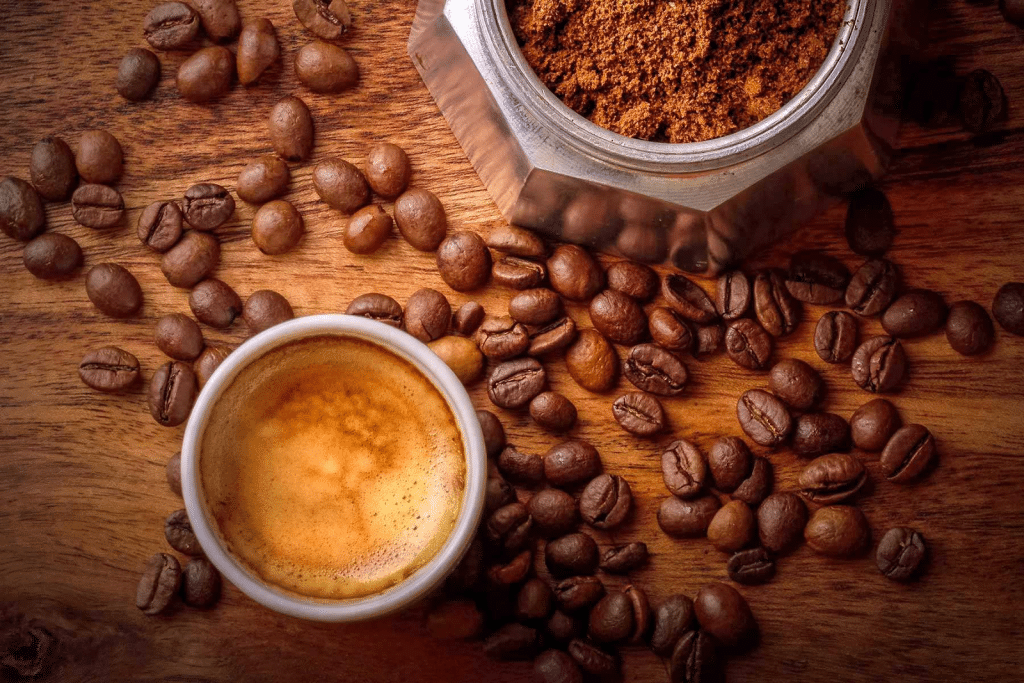Health and good energy to those who enjoy a fine cup: the aroma and flavor of coffee are the result of processes that begin on the farm and culminate in preparation. Understanding key variables helps explain why two cups from the same origin can taste so different on the palate.
Learning about varieties, roasting, grinding, and extraction enriches the daily experience. Through simple criteria, one can identify quality, freshness, and sensory consistency. This makes it easier to choose beans that match personal preferences and turn the act of drinking coffee into a deliberate and pleasurable ritual.
The Role of Origin and Genetics
To begin with, the aroma and flavor of coffee start with the seed: its genetic variety, altitude, and microclimate influence the formation of acids, sugars, and essential oils that define its sensory character.
Geography gives rise to fruity, floral, or earthy notes depending on the territory where the coffee plant grows, while the harvesting phase determines uniformity in the final quality. Hand-picking ripe cherries reduces defects and concentrates compounds that later transform during processing and roasting.
Next, post-harvest processing shapes key attributes. Sun-drying, washed methods, or natural processing produce distinct profiles: one emphasizes purity of acidity, while the other enhances body and sweetness. Lot traceability helps explain why a coffee shows certain nuances and makes it possible to evaluate responsible agricultural practices in the production chain.
Varieties and Sensory Consistency
First, the arabica variety contributes aromatic complexity and balanced acidity, while other varieties provide structure and resistance to disease. Specifically, farmers who manage by plots achieve uniformity in each harvest, influencing the consistency of the cup. For consumers, knowing the variety and origin helps anticipate the sensory profile before tasting it.
On the other hand, small roasters have adopted coffee subscription models that bring freshly roasted blends and single-varietals to those who enjoy exploring diverse origins. Such systems ensure regular freshness and allow comparison of how aromas evolve over weeks, enriching the tasting experience and educating the enthusiast’s palate.
The Chemistry of Roasting
Meanwhile, roasting acts as a chemical transformer: during the Maillard reaction, hundreds of aromatic compounds and new flavors emerge. A light roast preserves citrus and floral notes, while a darker roast develops chocolate, nut, and caramel tones. Controlling thermal curves is a technical task that determines whether a lot expresses its maximum quality.
In fact, grinding adjusts the extraction rate and, consequently, taste intensity. A fine grind increases solubility and enhances body and bitterness, in contrast to a coarse grind that prioritizes clarity and delicacy. Trained baristas adjust grind size from session to session to balance sweetness, acidity, and mouthfeel.
Water, Extraction, and Brewing Method
Likewise, the water used in preparation has enormous influence. Its mineral content and temperature condition the extraction of oils and acids; thus, residual flavors such as chlorine can hinder subtle aromas. Adjustments in filtration and temperature are therefore crucial to highlight aromatic complexity in both filter brews and espresso.
Specifically, the extraction technique defines which compounds dominate. The French press enhances body and texture, the pour-over reveals clarity and fruity nuances, while espresso concentrates oils and produces crema. Choosing a method according to sensory goals makes it easier to reproduce desired results and document parameters for replication.
Storage and Sensory Evaluation
Consequently, storage and packaging protect volatile fragrances. Keeping beans in opaque, one-way valve bags reduces oxidation; avoiding moisture and light prevents degradation of essential oils. For those who buy whole beans, grinding just before brewing is the most effective way to preserve aroma.
Moreover, cupping offers tools to describe and compare: notes are classified, defects are evaluated, and scores are assigned to help select high-quality lots. Learning to detect acidity, body, residual sweetness, and bitterness on a standardized scale transforms passive consumption into a conscious practice.
Beyond the Cup
Finally, the story behind the producer enriches the cup: knowing the farm, process, and social practices adds both sensory and ethical value. For the curious consumer, combining technical knowledge with daily tasting turns the beverage into a ritual that celebrates the origin, technique, and creativity of those who contribute to every stage of coffee.

